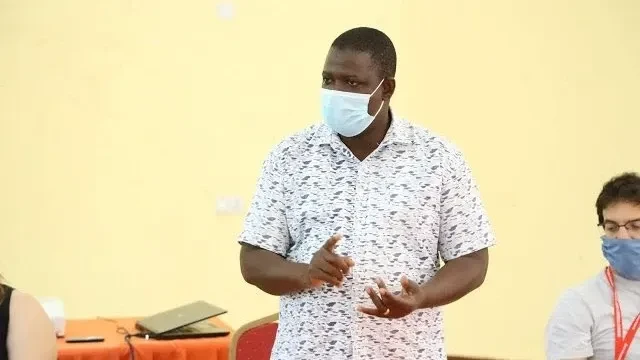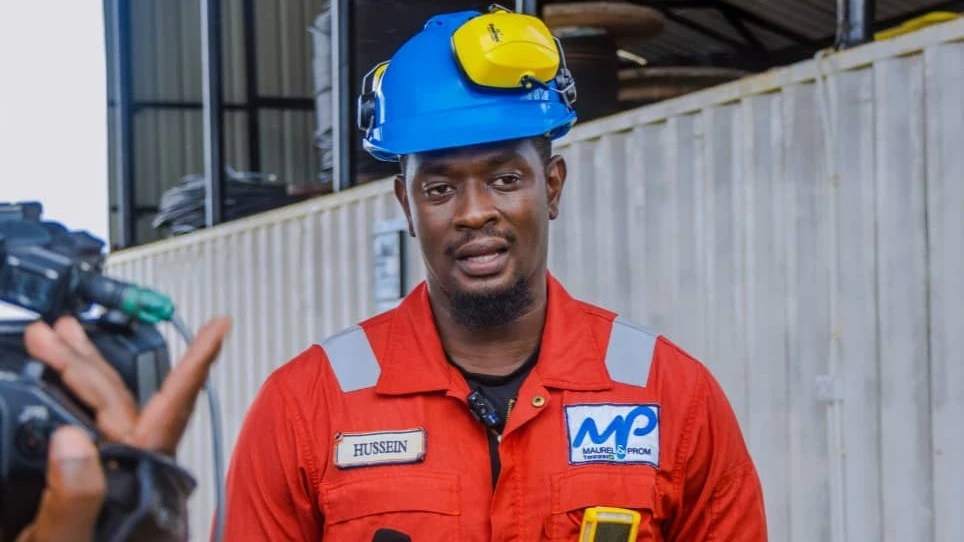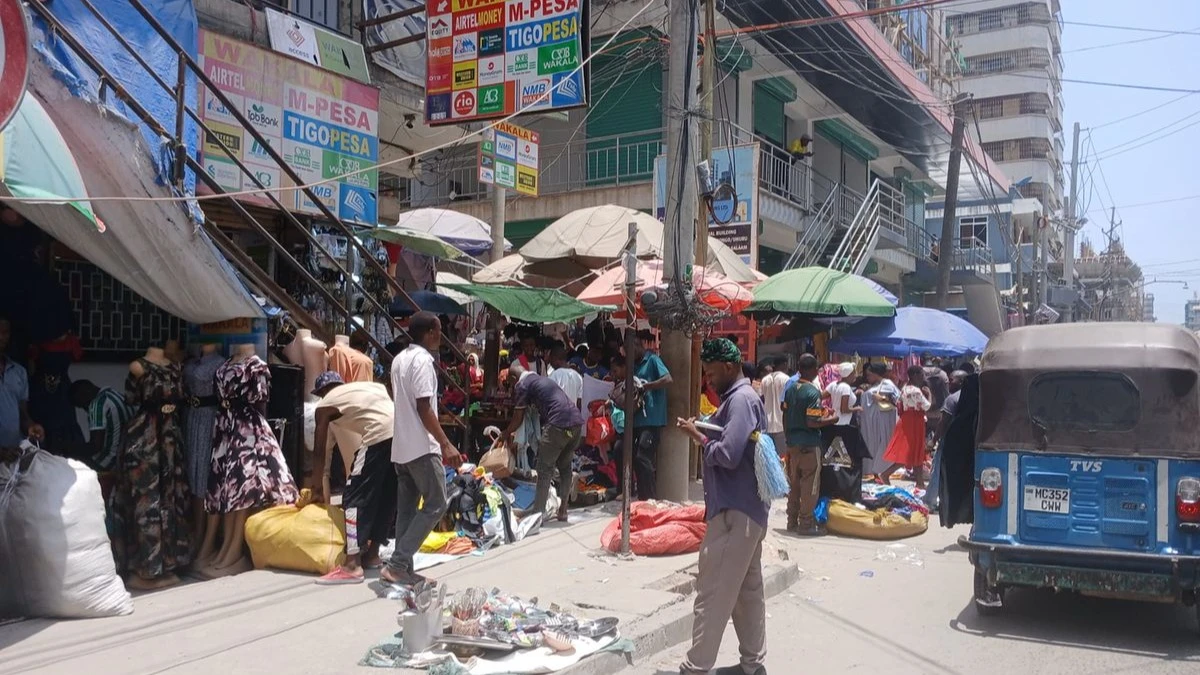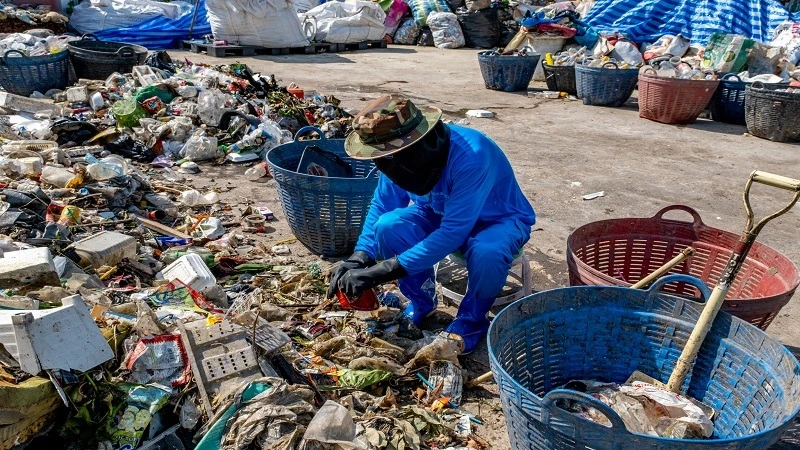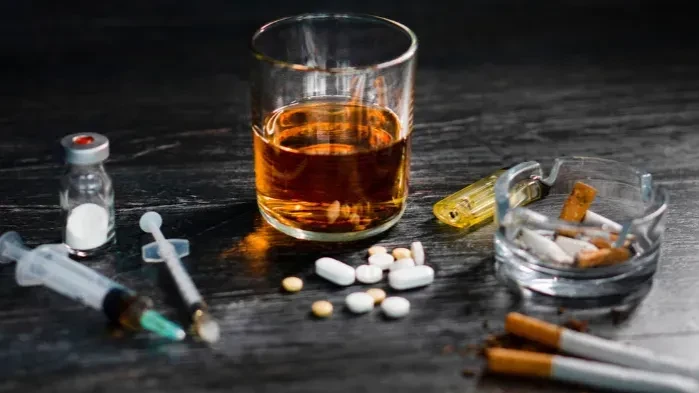Lab testing, certifying electronic devices helpful if one seeks it out
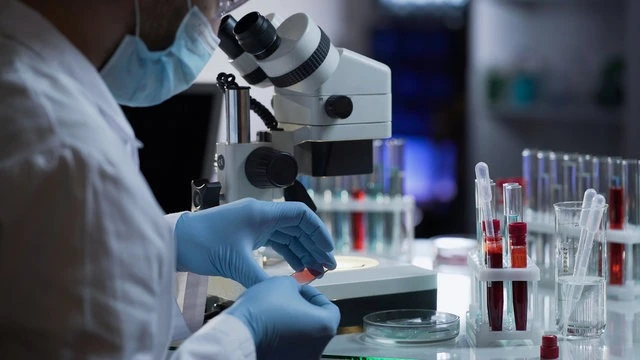
JUST how far testing electronic communication devices made in – or imported into – Tanzania for adherence to national and international safety and quality standards will make a difference is hard to say.
Once equipment has landed in showrooms or shops there will be someone who needs it, and few will be deterred by any presumed quality certification – so long as the price is deemed “right”.
And judging by the manner in which even revenue receipts and standards labels are faked, one will have to test on the spot to see if a device is genuine and has actually been certified, if the stamps it bears don’t connect with the regulator.
It thus pays to have an electronics equipment laboratory rolling out its services, though it is complicated to see how much it can help and how far it may appear as an inconvenience if put to other uses.
A whole breadth of actually usable imported equipment could be put out of the market in order to protect local assembling firms. But then such a move would relate to policy and tariffs rather than standards, in which case the testing facility can’t be used to assist local manufacturers; tariffs are better at that.
The Tanzania Communications Regulatory Authority (TCRA) has recently said that the testing process is intended for building user confidence in electronic devices used countrywide.
It is emphatic that equipment needs to be verified before any devices enter the local market, which leaves doubt as to whether it is the brand or it is each single equipment that is tested.
If it is the brand, there would be need to exchange information with regulatory authorities where the brand is domiciled or take one or two items as a sample.
Alternatively, the facility would be of excellent use in case there is a dispute on whether devices supplied say on a procurement basis were genuine and, if they were genuine, if they met standards.
It is not easy at all to control the circulation of counterfeit and substandard products, as all that is a matter of comparison, since shoddy products are often shown to be so depending on the time lapse they take before developing routine problems.
All the same, this is tied up with the price, in which case the market tolerates second-rate products as the matter of replacing them is one thing, while taking hold of such a product is the priority.
As for counterfeits, that means one fakes a label and pretends the particular item is an original product, which again is a trade issue rather than a quality or testing matter.
The only issue of policy feasibility that can be raised is thus the cost of putting together the facility and how far it is helpful in solving such issues, as many users who will have problems with the devices in their hands will not have to seek its services.
They would know from their own circumstances how far they wished to purchase a genuine product, and of what standard. Since one can’t lie to oneself, many will be satisfied with what lands in their hands.
In most cases few will be wishing that there was a testing machine or a fully equipped laboratory in the sense of only small number of cases being taken for such verification.
Top Headlines
© 2025 IPPMEDIA.COM. ALL RIGHTS RESERVED





